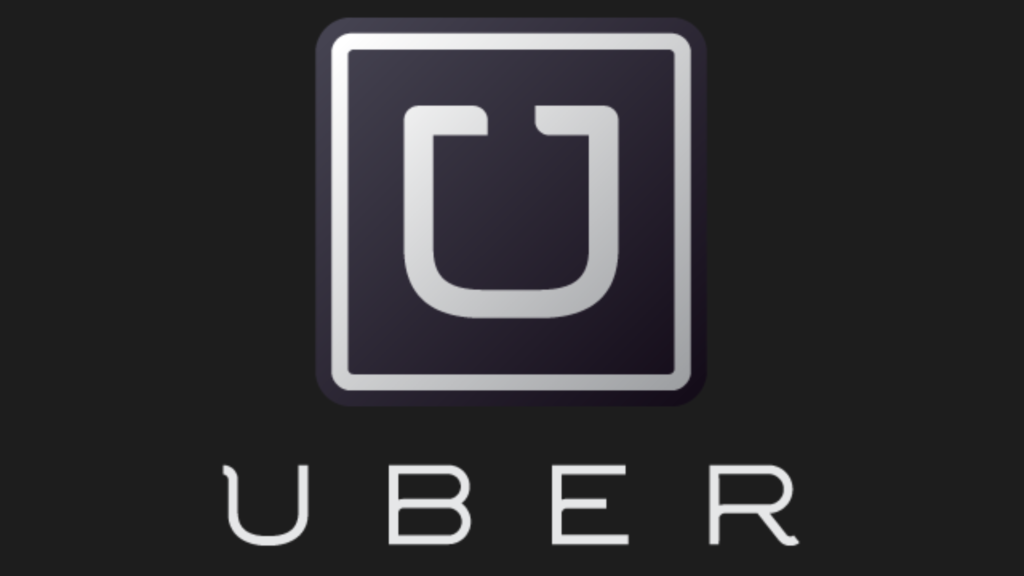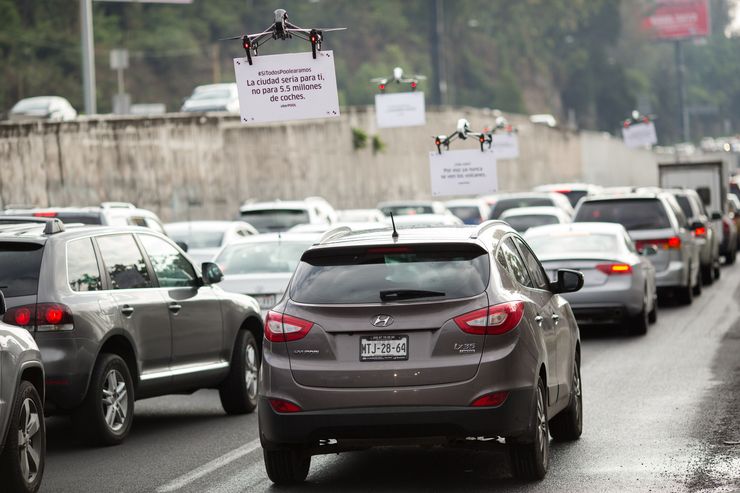You have until December 21st. That’s it. But you can opt out.
Here’s the deal: Uber changed its terms of service to force people into arbitrations, taking away consumers’ rights to sue the ride sharing company if something goes wrong. Like plow into another car because the driver was looking at his phone to see where his next right might come from.
That kind of thing.
And compulsory arbitration is very bad for the little guy, as I’ve discussed earlier, as arbitrators would love to have the repeat business of the companies that are always involved in disputes. There is a hidden financial motivation to arbitrators to be gentle to Uber and other large businesses so that they continue to hire said arbitrators.
That is why, for example, Wells Fargo is trying hard to force claims against it for creating sham accounts into arbitration, instead of facing the wrath of juries.
So while Big Business of all stripes can pull it’s business from arbitrators who might not be as nice as they’d like, the one-and-done consumer has no leverage. None. Nada. Zip.
Advantage: Big Biz.
So, courtesy of Marea L. Wachsman, comes this easy-peasy method of preserving your rights against Uber.
Take it away Marea:
————————-
If a passenger is injured in an Uber vehicle due to its negligence, passengers were required to arbitrate their claims for personal injuries before the American Arbitration Association. They were required to arbitrate pursuant to the terms and conditions of the Uber contract the passenger “accepts” when using Uber.
On July 29, 2016, however, Judge Rakoff from the Southern District ruled that the Uber arbitration terms were not conspicuous enough or did not evince the users “unambiguous manifestation of ascent” to the arbitration provision and therefore the court ruled that the arbitration provision was not enforceable.
With its forced arbitration clause tossed into the dumper, Uber tried again.
On November 14, 2016 Uber sent an email to its users to undermine Judge Rakoff’s decision, announcing it was updating its Terms effective November 21, 2016 — while everyone was scampering somewhere, or doing something, in anticipation of Thanksgiving.
In that same email, Uber instructed its users to read the new Terms and expressly stated it had “revised our arbitration agreement.” The revision is with an eye to ensuring that negligence claims by passengers must have their claims for personal injuries arbitrated, and not litigated, thereby waiving the passengers’ rights to a jury trial.
Fortunately, you can reject the November 21, 2016 Uber Terms, by providing Uber with written notice by mail, by hand delivery or by email within 30 days of November 21, 2016.
If the rejection is by email, the email must come from the email associated with the individuals account and addressed to [email protected]. The notice to reject the Terms must include the individuals full name and state your explicit intent to reject the changes to the Terms.
By rejecting the November 21, 2016 Terms, the individual continues to be bound by the Terms the individual first agreed to when the individual signed up with Uber. Thus, presumably, the individual would still have the protection Judge Rakoff provided in having the claims for personal injury for an Uber passenger against Uber heard in a courtroom and not in an arbitration hall.
You can find the information buried on Uber’s legal page, in paragraph 5, reprinted in full below:
Uber may amend the Terms from time to time. Amendments will be effective upon Uber’s posting of such updated Terms at this location or in the amended policies or supplemental terms on the applicable Service(s). Your continued access or use of the Services after such posting confirms your consent to be bound by the Terms, as amended. If Uber changes these Terms after the date you first agreed to the Terms (or to any subsequent changes to these Terms), you may reject any such change by providing Uber written notice of such rejection within 30 days of the date such change became effective, as indicated in the “Effective” date above. This written notice must be provided either (a) by mail or hand delivery to our registered agent for service of process, c/o Uber USA, LLC (the name and current contact information for the registered agent in each state are available online here), or (b) by email from the email address associated with your Account to: [email protected]. In order to be effective, the notice must include your full name and clearly indicate your intent to reject changes to these Terms. By rejecting changes, you are agreeing that you will continue to be bound by the provisions of these Terms as of the date you first agreed to the Terms (or to any subsequent changes to these Terms).



